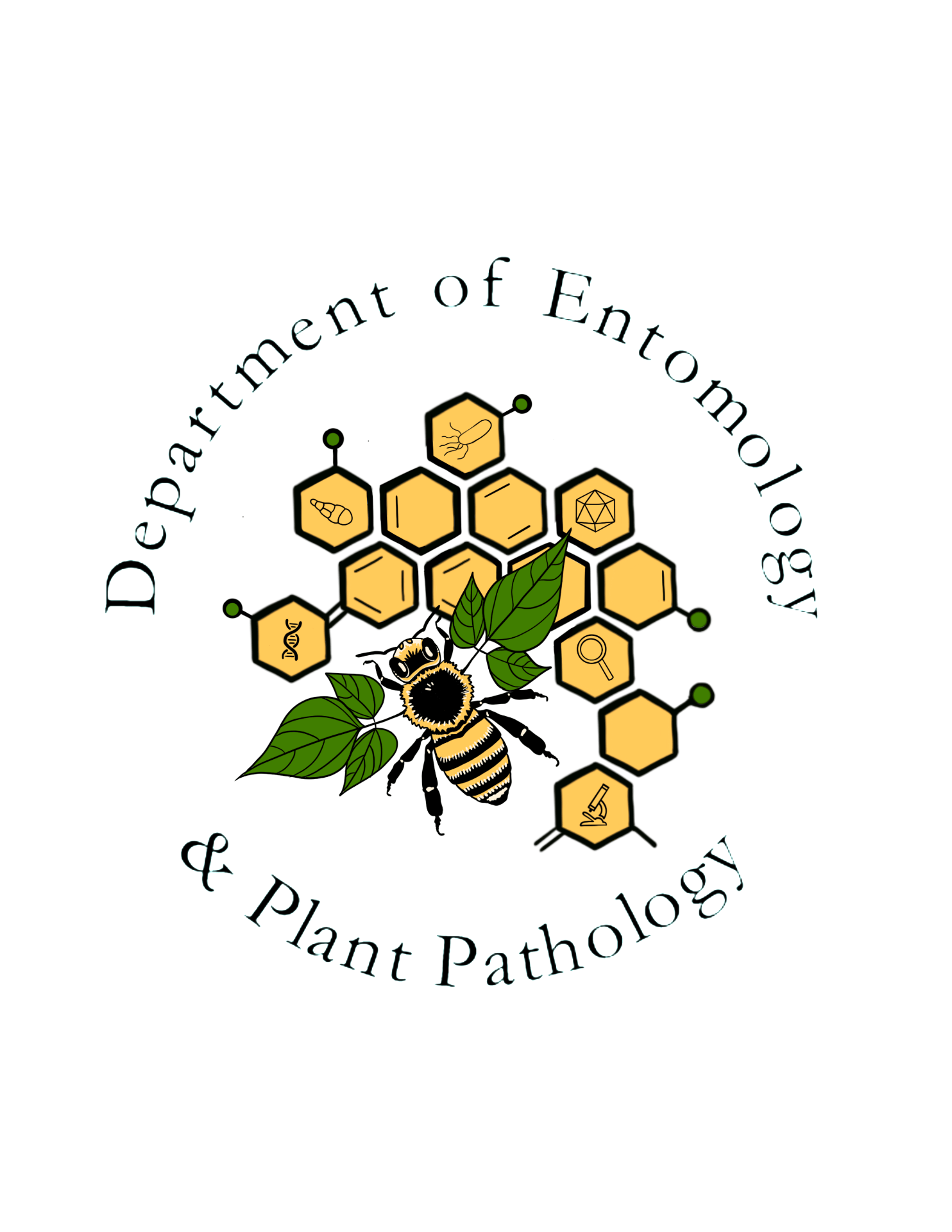Common asparagus beetle
Order: Coleoptera
Family: Chrysomelidae
Genus and species: Crioceris asparagi (Linnaeus)



The common asparagus beetle is an introduced species in the United State. It is native to the Mediterranean Sea region. This species was first noticed in asparagus beetle eggs North America in the 1850s. Here, it feeds exclusively on asparagus, and it can cause extensive crop damage. Both adults and larvae feed on – and scar – the tips of asparagus spears. Frass can stain the spears, and the presence of eggs on the asparagus is unappealing. Asparagus beetles also can stunt the growth of the plants when they strip the fine leaves off the asparagus fronds, interrupting photosynthesis and energy storage functions.
The adult beetles are about ¼ inch long. Their mostly black wing covers bear three pairs of white or yellowish spots and red lateral borders. The bright coloration is thought to be “aposematic” or warning coloration, thus discouraging would-be predators. The beetles pass the winter in or under dead vegetation or other suitable shelter, and they emerge in the spring when asparagus spears begin to emerge from the soil. They feed for a few days and then lay eggs on the spears. The 1–2 mm eggs are attached by one end to asparagus spears or foliage. Eggs hatch after about 12 days, and larval development takes about 2–3 weeks. Larvae are gray with black legs and head capsule. Mature larvae drop to the ground and build mud pupal cells lined with silk. Adults emerge in 7–10 days
